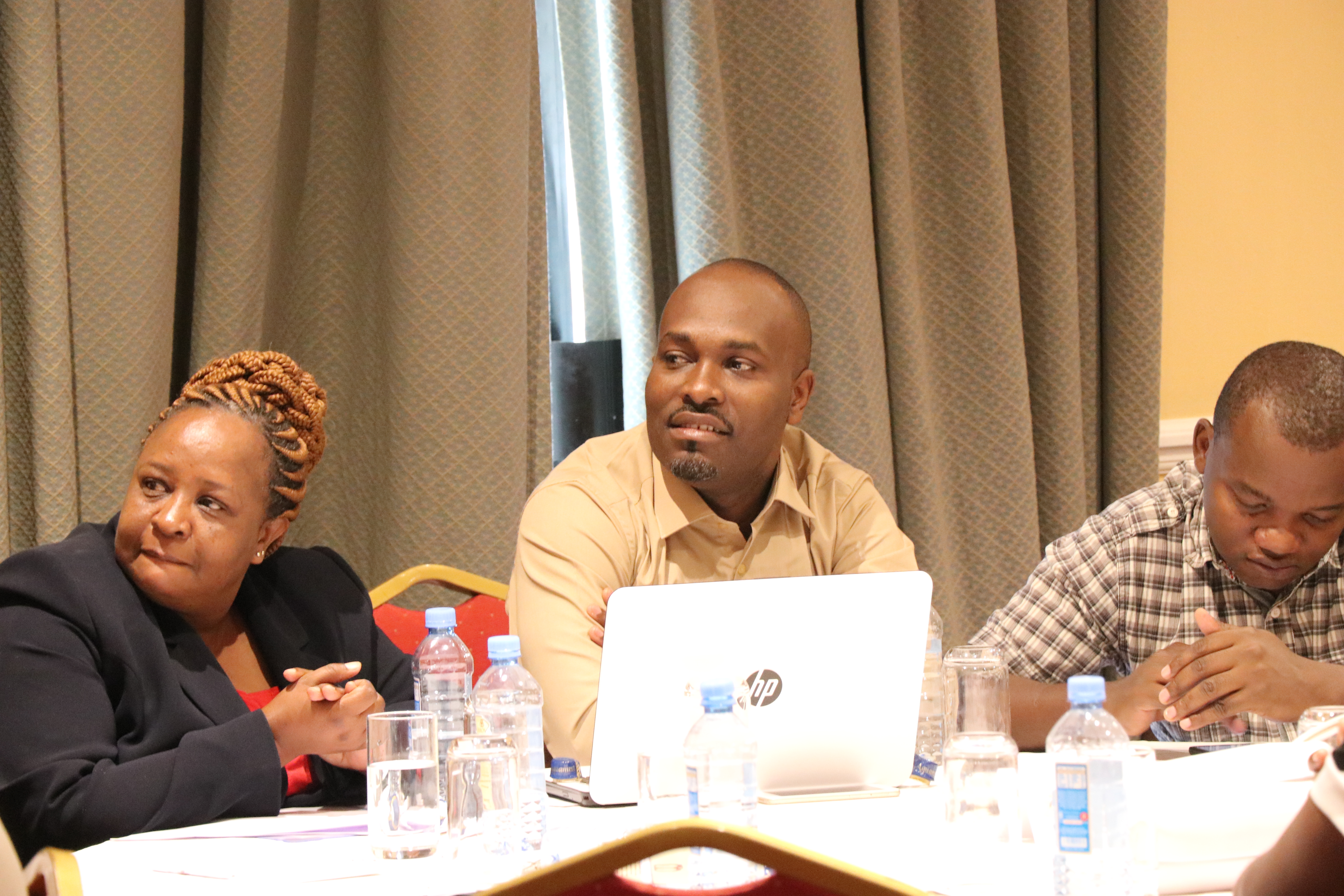Building community resilience

Community resilience is the sustained ability of communities to withstand, adapt to, and recover from disasters, shocks, unexpected events etc. In many ways, health is a key foundation of resilience because almost everything we do to prepare for disaster and protect infrastructure is ultimately in the interest of preserving human health and welfare. Participants at our 2019 Learning Event discussed how the QI skills that they had developed during USAID SQALE could be applied in other areas.
QI is an approach that could be applied to other development challenges by identifying issues where change is needed, starting small and trying out change plans and growing what works. Participants reflected that CHVs already know how to use QI concepts such as ‘plan, do, act cycles’, monitoring and evaluation, problem prioritization and needs assessment. CHVs are already involved in activities such as population data collection, outbreak responses, community mobilization (and involvement in political rallies, religious activities, community entry guidance), income generating activities, structural interventions (such as educational and food programmes) which may provide a platform for further work.
The types of development challenges that could be addressed include food security, conflict within households, the administration of justice, improving service delivery beyond health and supporting small businesses and income generation such as the sale of vegetables and buying eggs to support families.
Participants felt that to make this work they may need to bring in new stakeholders such as Ministries of Agriculture or Education, religious leaders, community gatekeepers, Agricultural Extension Officers, Members of Parliament, teachers etc. But if it went well it could be a facilitator of multi-sectoral collaboration.
The process of expanding QI to other areas would encompass stakeholder mapping, surveys and other tools to better understand challenges and awareness raising. After the creation of appropriate WIT structures, that take in new stakeholders, a gap analysis would be conducted, and local solutions identified. Communities would be engaged to support change.
Participants believed that there may be challenges in shifting the application of QI. For example, most of those currently working on QI come from the health sector and lack competencies in other development issues. Other potential challenges in adopting this approach include; poor motivation among CHVs and large workloads, negative community attitudes or resistance to change, donor dependency and lack of resources, competing priorities, socio-cultural factors e.g. religious beliefs, myths and misconceptions and environmental factors (such as insecurity and large geographical areas that need to be covered).